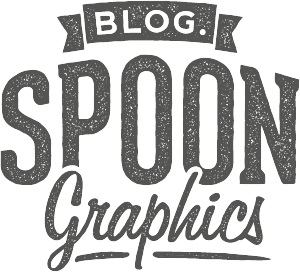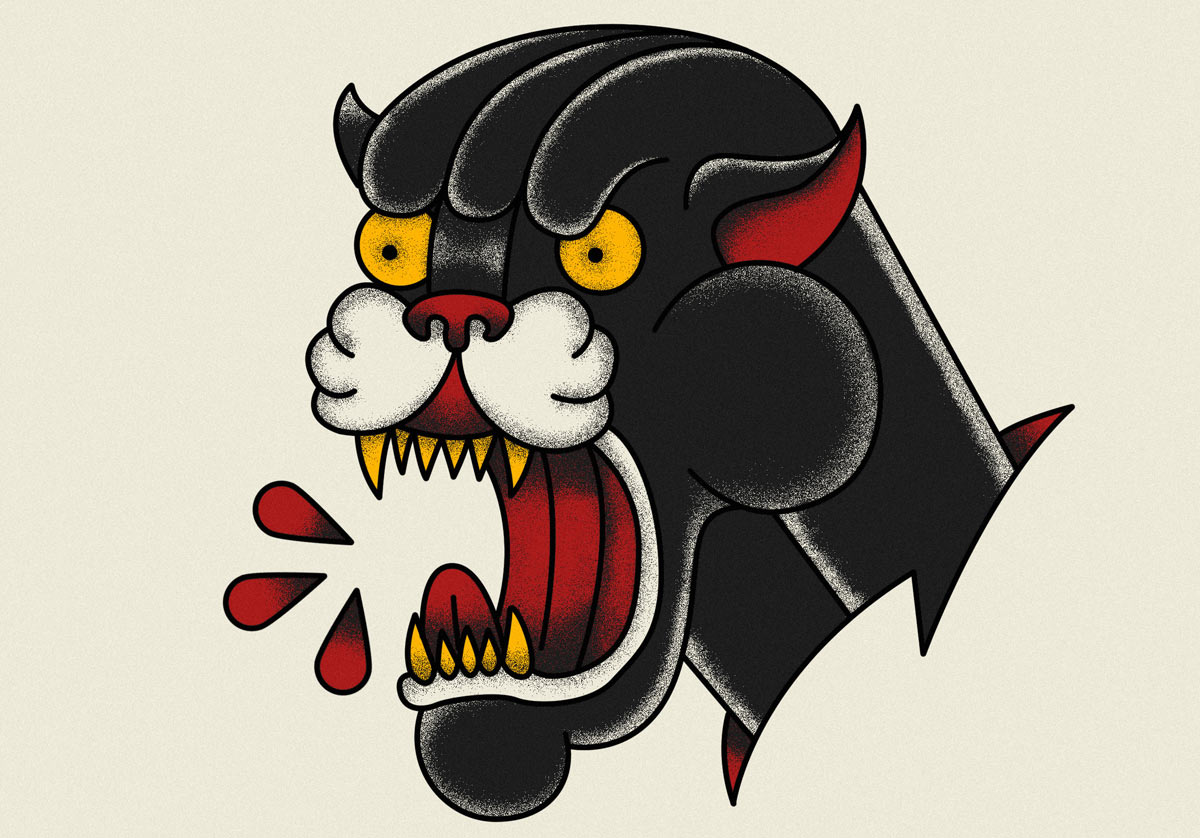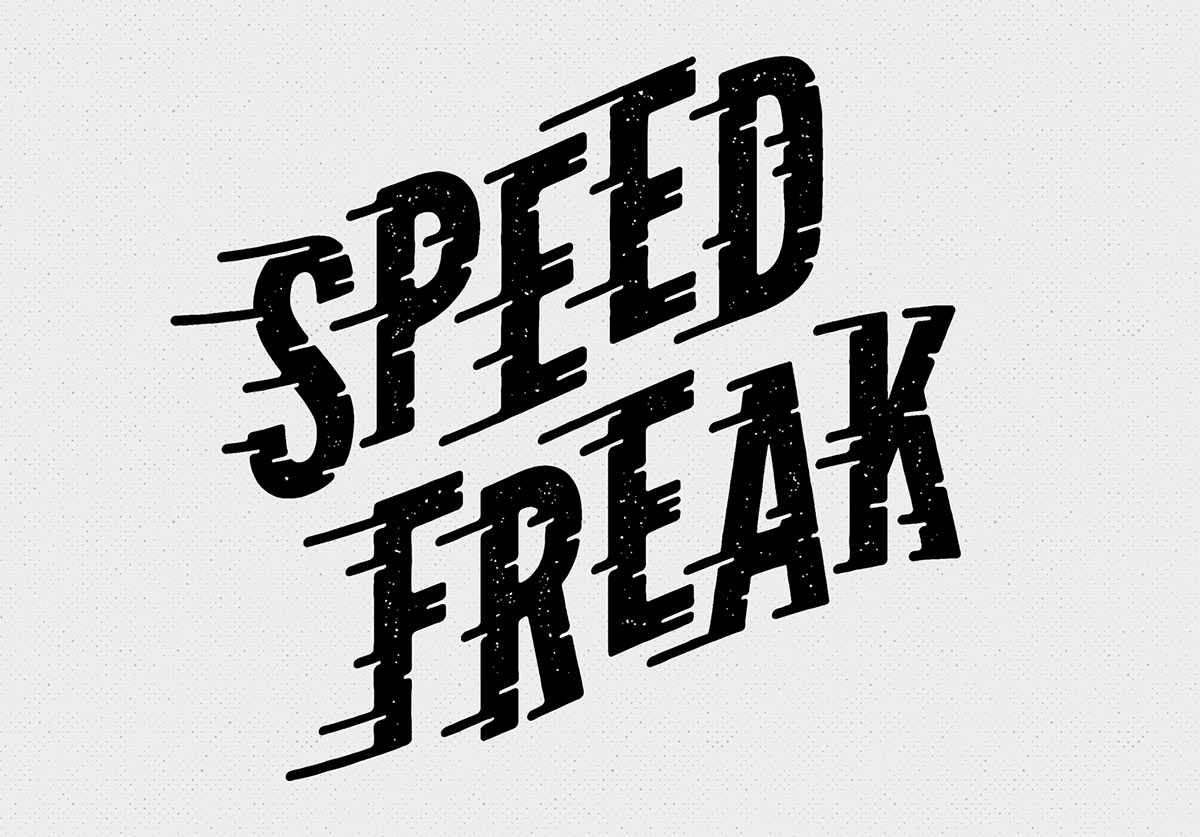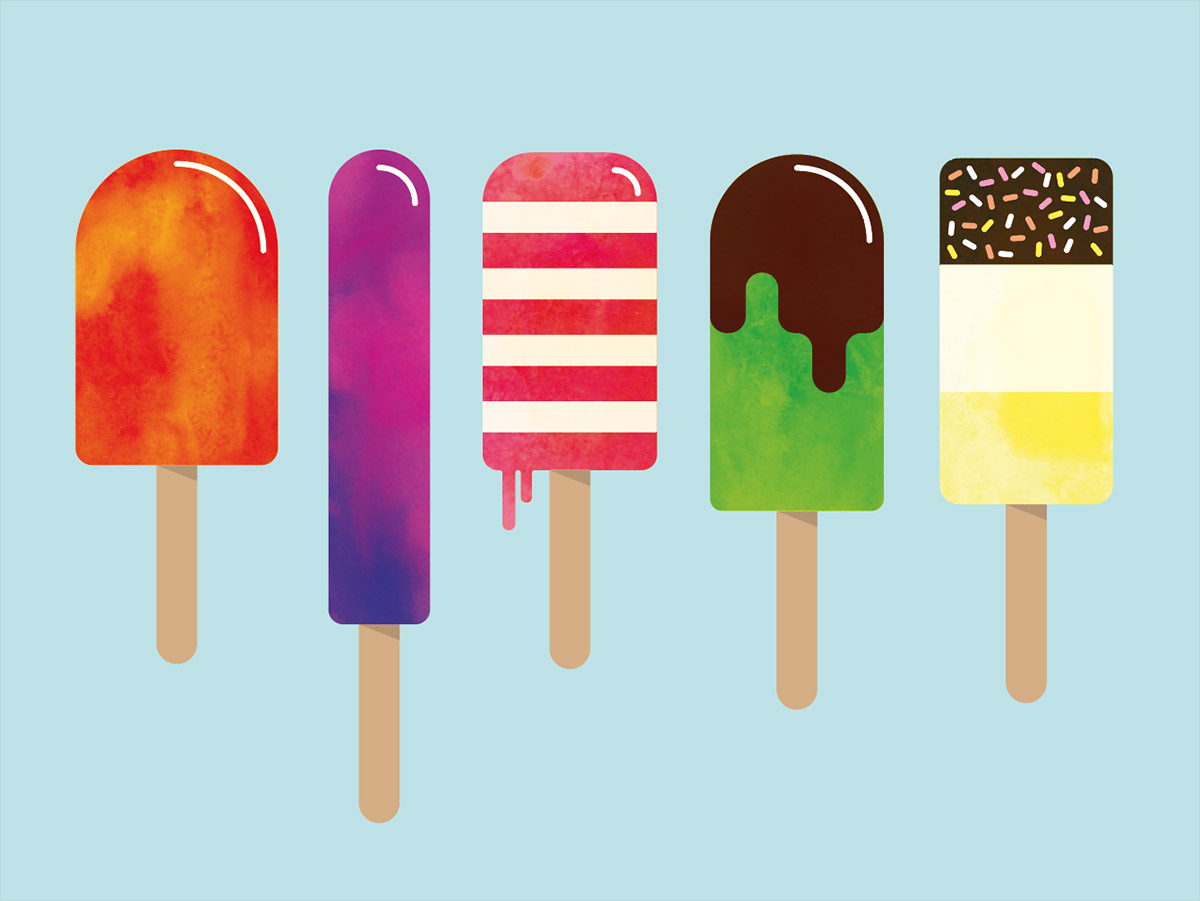Tutorials
In today’s Photoshop tutorial we’re going to take a look at some handy illustration techniques that mimic the style of traditional tattoo flash graphics. Solid outlines, bold colours and a stipple shading effect are all key aesthetics of this style. I created the initial sketch of a panther on paper, which you can download to follow along with the rest of this guide in Adobe Photoshop.
Abstract geometric patterns are one of my favourite things to create in Adobe Illustrator. There’s an infinite number of results that can be achieved by simply changing up the parameters, shapes or colours used each time. In today’s tutorial I’ll show you a series of techniques you can use to make your own vector geometric pattern. Follow the step by step guide exactly to replicate my design, or remix your own custom pattern artwork by using these techniques as a foundation for your experiments.
So-called “Speed Lines” seem to have become a popular type effect recently. In today’s Adobe Illustrator tutorial I’ll show you how to add these fast movement lines to create a custom type effect using Illustrator’s various shape building tools. Along the way we’ll touch on a range of useful tips and techniques that are handy time savers to help take some of the tediousness out of the process.
In today’s video tutorial I’m going to show you how to create a vintage style marquee bulb letter sign in Adobe Photoshop. We’ll use Photoshop’s 3D feature to quickly build each letter with realistic depth and shading, then also add realistic surface materials and illuminated bulbs using photographs of real world objects. The result is a great looking effect you can use to add broadway style type to your designs.
In today’s Adobe Illustrator tutorial we’re going to play around with Illustrator’s type effects to build a vintage style logo design. Modern logo designs tend to be quite minimalist with a single icon graphic or wordmark, but this classic style is still popular when used for t-shirt designs or certain hipster brands.
It’s always fun to play around in Adobe Illustrator creating stylised illustrations of random objects. It’s also great practise, which helps you experiment with new tools and techniques that you could draw upon in your future projects. Follow along with today’s tutorial to create a series of tasty vector popsicle graphics in Illustrator. We’ll use a range of handy tools to create the first colourful lollipop, then build upon each subsequent illustration with new techniques that help to further customise the artwork further.






